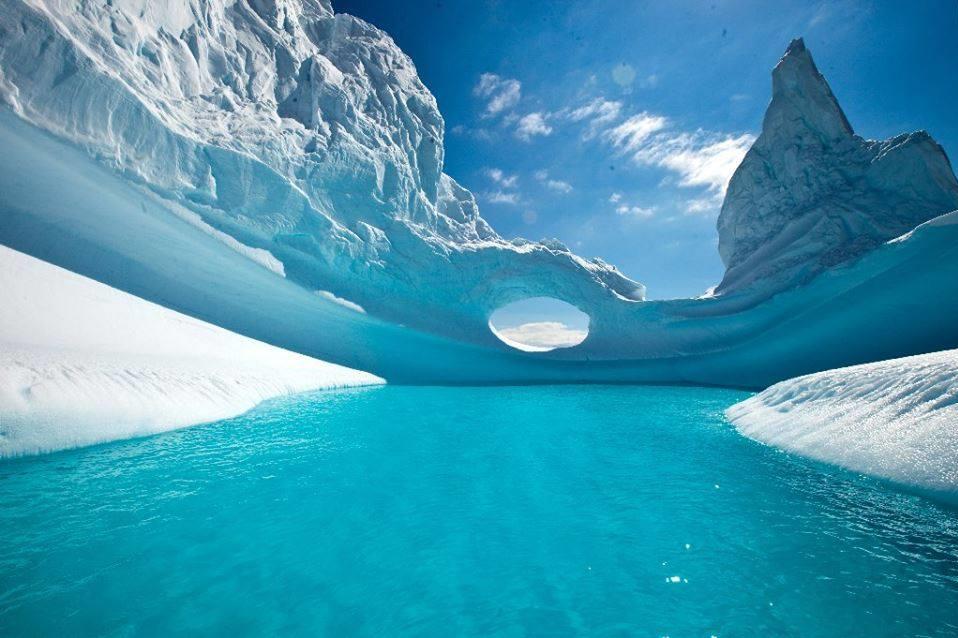Scientists need to consider all kinds of variables when trying to predict ice loss in Antarctica as a result of global warming. From now on, they cannot exclude the huge river that flows at a depth of about 460 kilometers under the ice, which is also longer than the Thames in England. According to experts, the newly discovered waterway and its tributaries can significantly affect the flow and melting of the glacial ice above it.
It will raise sea level by about 4.3 metres
The researchers who discovered the vast, hitherto unknown river used a combination of atmospheric radar scans to “see” the thick layer of ice while modeling the water’s flow. The area examined also contains ice from the East and West Antarctic ice sheets, from which water flows into the Weddell Sea.
The area on which the study was based has enough ice to raise sea level by about 4.3 metres Glacier researcher Martin Siegert, of Imperial College London, England, said: ScienceAlert Online scientific portal. The amount and speed of some ice melting may be related to how far the ice base slides; The newly discovered river system can strongly influence this process.
Scientists have known for a long time that water flows under the ice sheets. This can happen in two ways: geothermal heat and friction can melt the ice sheets at the base of the glacier, while deep rifts – called mulleins – can lead surface meltwater to the bottom of the glacier. It’s the last
It occurs most frequently in the Arctic and Greenland, where seasonal variation in ice thickness is greatest.
The natural earth sciences According to a new study published in a scientific journal, enough melt may occur at the base of Antarctica’s ice sheets to form subglacial rivers. In turn, high-pressure freshwater channels can speed up the melting process by making the base of the glacier less stable where it meets the sea.
Ice cover may become more seasonal
As experts make increasingly accurate measurements of how much ice is melting in the North and South Poles, the processes that cause the melt are becoming more complex. However, the discoveries made here can help us better understand the underlying processes, which means that more accurate models of ice loss can be made in the future.
Previous studies looked at the interaction between ice sheet edges and ocean water to determine exactly what the melting process looks like Neil Ross, a glaciologist at Newcastle University, pointed this out. “However, the discovery of a river that reaches hundreds of kilometers inland and alters some of these processes shows that we cannot understand snowmelt without looking at the full picture: ice cover, ocean, and fresh water.

The researchers believe that if melting rates continue to increase in Antarctica and summers become warm enough to cause surface melt, this could have a major impact on pre-existing hidden rivers and possibly make the ice sheet more seasonal, as in Greenland. Gifts. These factors, in turn, can lead to so-called feedback loops, where more of the melt itself leads to faster ice loss. One way to do this is through the emergence of deep water currents, which cause the ice to move faster, resulting in greater friction and greater melting.
Science is only now beginning to understand that there are entire water systems out there, connected to vast river systems.












































